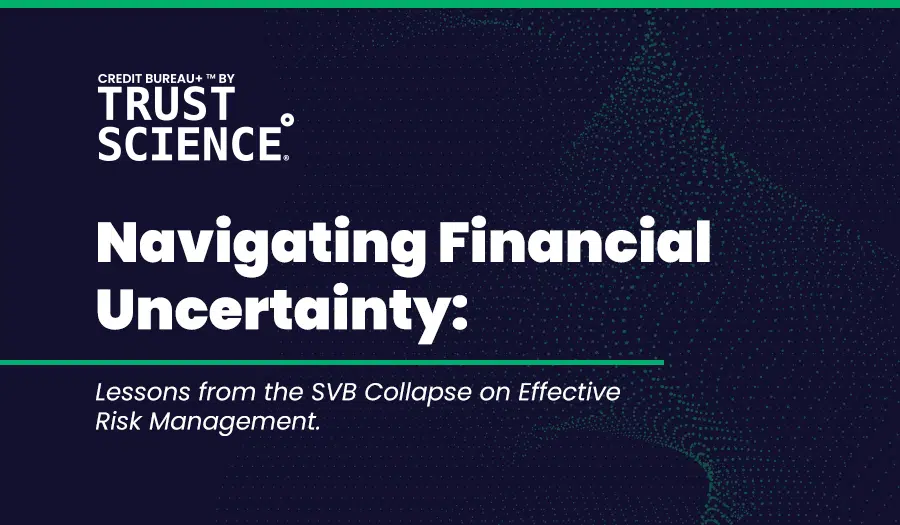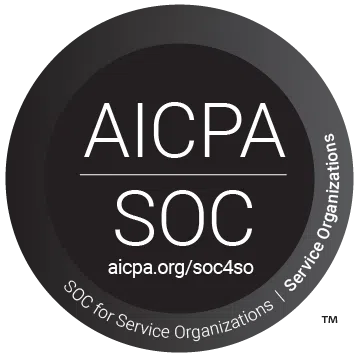The Faults of FICO
FICO scores are ubiquitous as a first line of evaluation of the creditworthiness of a borrower. However, FICO scores only take into account a handful of criteria to formulate a score. These include:
- Credit payment history
- Amount owing
- Length of account
- Credit mix
- New credit
Subprime borrowers with thin files (those who have little credit history, pay mostly in cash, or only have new credit accounts), and those with errors on their credit report (a whopping 1 in 42 individuals!), will receive a low credit score on their FICO report, despite the fact that they may religiously pay their rent and utility bills on time, and otherwise be a “prime candidate” for new credit.
The Opportunity in Alternative Data
For this reason, many progressive lenders are considering alternative data to improve their lending models and responsibly gain access to the enormous market of subprime borrowers. This wealth of data is used, in essence, to assess whether a candidate has historically paid bills on time, and consistently makes more money than they spend.
The following types of alternative data3 have been found to reap the largest rewards:
Transaction Data Transaction data is the data that shows how candidates use their debit and credit cards. This data can be used to pull predictive ratios like:
- Cash to total spend
- Spend in the last (x) weeks to spend in the last (y) weeks
- Retailer types
Rent, Telecom, and Utility Data This is valuable data that does not appear on a candidate’s credit report. A candidate’s track record for paying these bills on time is an excellent indicator of their creditworthiness.
Machine Learning and AI
FICO research has shown that these types of alternative data add predictive value. But to fully utilize this data, it’s important to consider the possibilities of machine learning and Artificial Intelligent tools. Given the wide range of unstructured data available from these alternative data sources, machine learning and AI increase the effectiveness of pattern identification and risk assessment.
The key to unleashing the potential of alternative data lies in combining that new data with the traditional sources, and analyzing this rich, deep data with cutting edge tools.
Trust Science has developed a scoring solution that incorporates the collection of consent-based alternative data with traditional financial data into next generation risk models.
Interested in learning more? Call us today at 1 (866) 687-8789, or email us at [email protected].
Source References:
- Quovo, “Enriching credit scores with alternative data”, https://www.quovo.com/finserv-blog/insights/enriching-credit-scoring-with-alternative-data/
- Credit.org, “What is a good credit score?”, https://credit.org/2014/01/22/what-is-a-good-credit-score-infographic/
- Fico Blog, “Using Alternative Data in Credit Risk Modelling”, http://www.fico.com/en/blogs/analytics-optimization/using-alternative-data-in-credit-risk-modeling/






